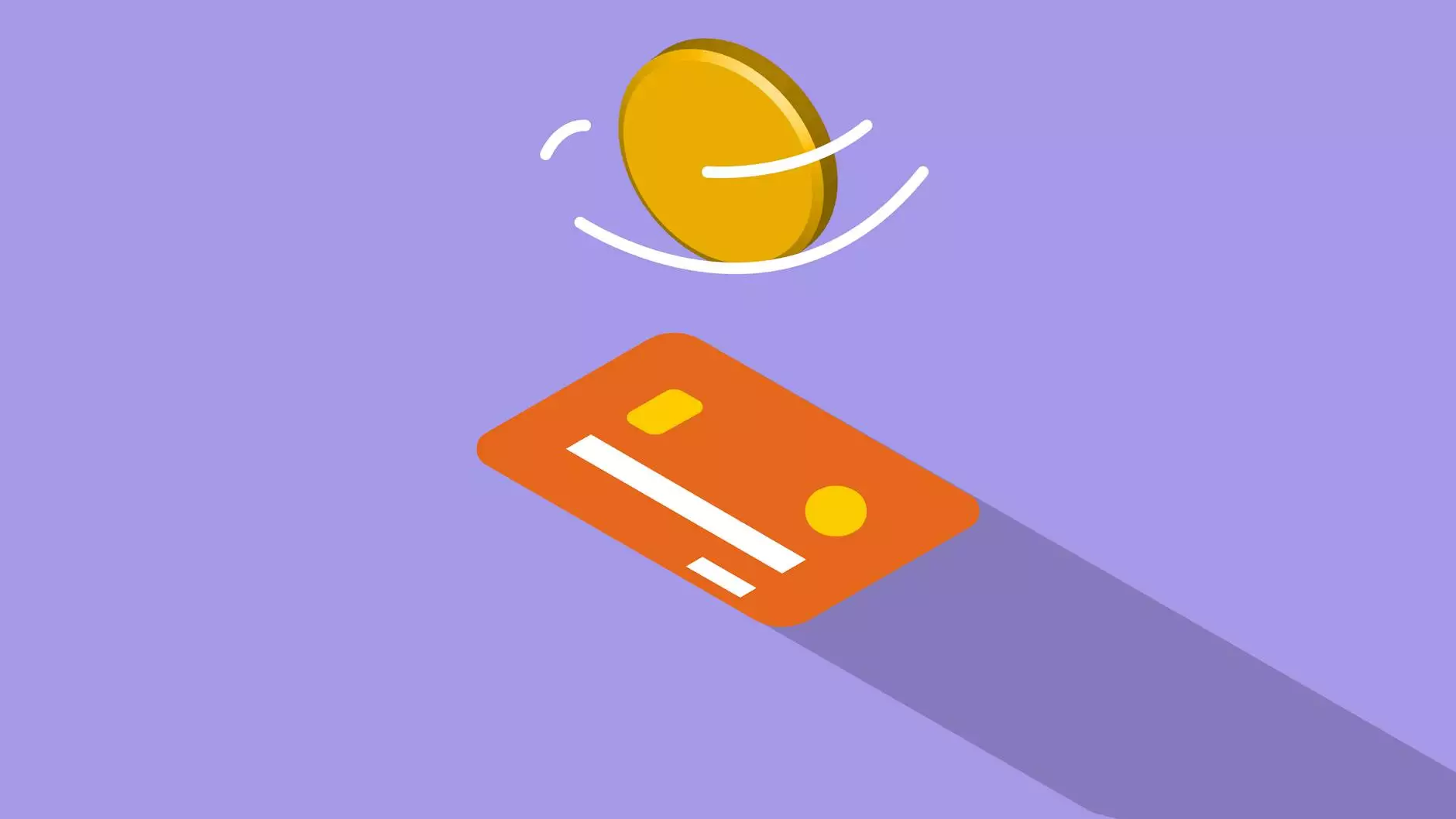Flash Animated GIFs Versus Flash Movement
Graphic Design
When it comes to digital content creation and online marketing, the debate between flash animated GIFs and flash movement has been ongoing. Both formats offer unique advantages and disadvantages that impact how content is delivered and consumed by online audiences.
Understanding Flash Animated GIFs
Flash animated GIFs are a popular choice for adding movement and interactivity to web pages. These animated images are created using a series of frames that are looped to create the illusion of motion. They are commonly used in online advertisements, social media posts, and website banners.
One of the key advantages of flash animated GIFs is their wide compatibility across different platforms and devices. They are supported by most web browsers and can be easily shared and embedded in online content. Additionally, animated GIFs are known for their small file sizes, making them ideal for quick-loading content.
On the other hand, flash animated GIFs have certain limitations, such as restricted color palettes and limited frame rates. This can impact the quality and smoothness of the animation, especially when compared to other formats like video or CSS animations.
Exploring Flash Movement
Flash movement refers to animations created using Adobe Flash software. These animations are typically more complex and dynamic than animated GIFs, offering greater flexibility in terms of design and interactivity. Flash animations can include interactive elements, sound effects, and more advanced visual effects.
One of the key advantages of flash movement is its ability to create rich multimedia experiences that engage users on a deeper level. Flash animations can be customized to match the branding and messaging of a website or digital campaign, providing a unique and immersive experience for viewers.
However, flash movement also has its drawbacks, including browser compatibility issues and concerns over security vulnerabilities associated with Adobe Flash Player. With the decline of Flash support in modern browsers and the rise of HTML5 and other web technologies, the use of Flash animations has become less common in recent years.
Pros and Cons of Each Format
When comparing flash animated GIFs and flash movement, it's important to consider the specific use cases and requirements of your digital content. Here are some key pros and cons of each format:
Flash Animated GIFs Pros:
- Wide compatibility
- Small file sizes
- Easy sharing and embedding
Flash Animated GIFs Cons:
- Restricted color palettes
- Limited frame rates
- Less smooth animation
Flash Movement Pros:
- Dynamic and interactive animations
- Rich multimedia experiences
- Customizable design elements
Flash Movement Cons:
- Browser compatibility issues
- Security vulnerabilities
- Decline in support
Conclusion
In conclusion, the choice between flash animated GIFs and flash movement depends on the specific requirements of your digital content strategy. BU Neek Internet Marketing suggests evaluating the pros and cons of each format and considering factors such as compatibility, interactivity, and visual appeal before making a decision.
Whether you opt for the simplicity of animated GIFs or the dynamic potential of Flash animations, both formats have their merits and can be effective tools for enhancing your online presence and engaging with your target audience.



